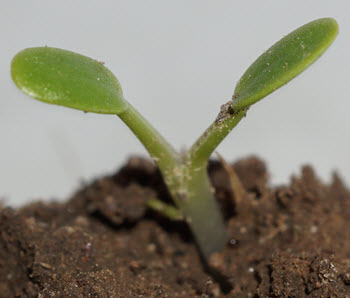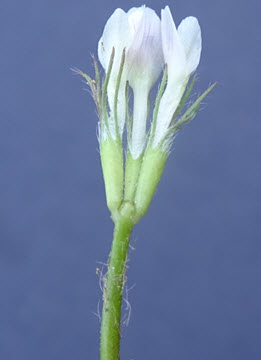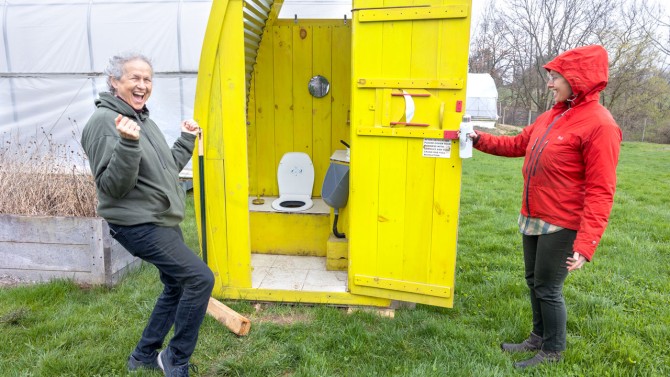Here are the key management strategies for productive and persistent sub-clover:
1. Seed softening and preparation for germination To promote effective seed softening (from the hard shell surrounding the sub‑clover seed), the seed coat needs to experience fluctuations in temperature. Excessive dry matter on the soil surface prevents temperature fluctuations and seed breakdown and leads to low germination. Toxins can leach into the soil from dry perennial grasses and annual weeds, especially silver grass, to become a natural herbicide to reduce competition. Take action: To achieve hard seed breakdown and reduce the toxic effects, leave 1,000kg dry matter (DM)/ha in the paddock at the autumn break. This is equivalent to about two handfuls of loose litter scraped from within a 0.1m² area. | 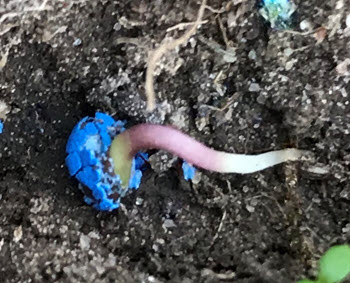 |
2. Germination A pasture of adequate sub‑clover (40% sub‑clover content by late winter) relies on the successful germination of 20–30kg/ha of seed or 30–45 plants in 0.1m². Softened sub‑clover seed germinates once cumulative rainfall is 20mm. Ideally, grazing should be avoided until the plant has a minimum of three trifoliate leaves, as this is when the plant becomes well anchored. Take action: Spell paddocks based on where increasing clover content is the priority. |
|
3. Vegetative growth Grazing stimulates leaf production by enabling light to reach the crown of the plant. A flower is eventually produced at every leaf site. A plant that is closely grazed will have smaller leaves but more of them (which optimises seed production) and will produce more flowers, but a plant that is lightly grazed may have bigger leaves but will produce fewer flowers. Grazing to 1,200–1,400kg DM/ha supports leaf production for sub‑clover flowering and enables perennial grasses to recover. Take action: Graze frequently and maintain optimal ground cover down to 1,000kg DM/ha to increase sub‑clover content. | 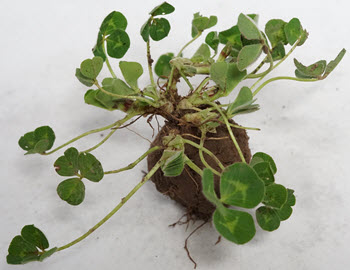 |
4. Flowering Leaf production reduces once flowers appear on the sub‑clover runner and energy is directed into filling the seed rather than growing leaves. Grazing flowers removes the plant’s ability to produce seed. Take action: Reduce grazing pressure at flowering to maximise seed production. |
|
5. Burr burial As flowers mature, they form burrs, which are essential to sub‑clover survival. Each plant will have five to 12 runners with six burrs on each runner. Each burr contains three to four large seeds. Burrs buried in the soil are more likely to germinate successfully in subsequent years, but burrs on the soil surface are at risk of being eaten by livestock or insects and their establishment is affected as the root dries out at germination. Only 1% of the seed eaten from surface burr survives the chewing and digestion process. Take action: Avoid overgrazing to the point where the surface burr is grazed. | 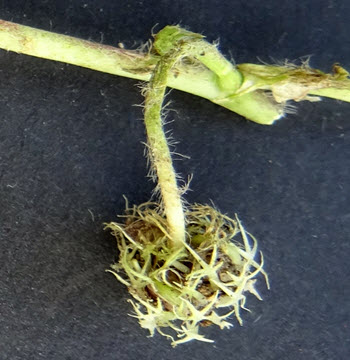 |

